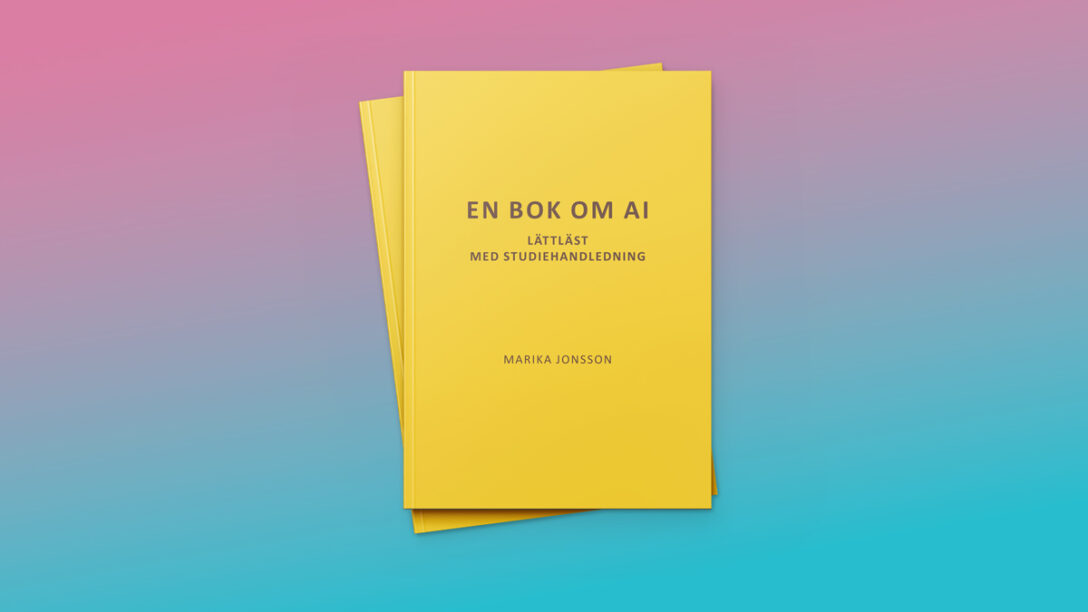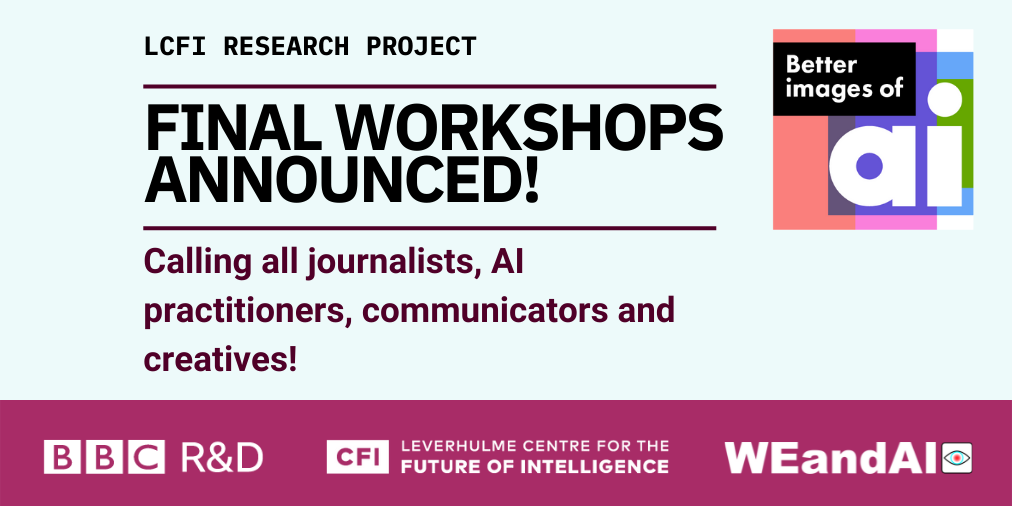- Archival Images of AI project enables the creation of meaningful and compelling images of AI
- New playbook includes 38 pages of guidance and sources of free to use archive images
- Showcases methods and tips for remixing archive images which can be used by anyone
- Inspirational artists have created free-to-use examples of their own interpretations of AI
LONDON / AMSTERDAM 4th December 2024: As AI continues to make headlines and evolve in ways that impact the general public, global critical AI research community AIxDESIGN has released a research-informed playbook for remixing free and open licence images to create better images of artificial intelligence. It uses techniques that anyone can apply without the use of AI image generators.
Producing accurate images of AI – whether this is technically accurate or suitable for any given narrative or situation, is not always easy without an illustrator or access to a wide variety of images that can be easily edited or remixed. AIxDESIGN, in partnership with Netherlands Institute for Sound & Vision with inspiration from Better Images of AI and support from We and AI have released a playbook as a guide to address this challenge by working with free images from consented archives around the world and artists immersed in expressing their experiences and understanding of the technology.

Archival Images of AI Playbook
The playbook includes vital information about the use of archive images as well as details about the creation and representation of artificial intelligence through visual narratives. The project builds on the principles outlined in Better Images of AI: A Guide for Users and Creators that explain why accuracy is important when it comes to communicating these technologies to the wider public.
By making poor choices about how AI is visualised, communications from media to marketing often risk misinforming or misleading the public about how it works, what it means and the impact it can have. The playbook offers new ways to interpret images of AI by engaging with cultural archives to explore historical and social context. It also has sources of visual stimuli and motifs that can be used freely and with open licences by anyone seeking to illustrate their writing or communicate AI news and reflection.
A highly creative and reflective selection of artists and researchers have contributed to the guide to offer tutorials and examples, including:
Hanna Bakarat, researcher, activist and collage artist. She’s been deep in researching narratives of AI and exploring collage as an act of resistance.
Cristóbal Ascencio, a Mexican visual artist. As a photographer, his practice explores new forms of image making such as virtual reality, data manipulation and photogrammetry.
Zeina Saleem, graphic designer interested in data beautification and the aesthetics of algorithmic distortion.
Dominika Čupková, interdisciplinary artist and researcher connecting the dots between AI, art, design and feminism.
Nadia Piet, Nadia is an independent researcher, designer, and co-founder and creative director of AIxDESIGN.
The playbook is available for anyone to download and is accompanied by detailed artist logs available at https://aixdesign.co/posts/archival-images-of-ai. Readers can explore the works’ origins and development and input from Eryk Salvaggio, Cees Martens, Isabel Beirigo, Monique Groot, Danny van Zuijlen, Alice Isaac, Anne Fehres and Luke Conroy.
The playbook is launched at an interactive event where attendees have an opportunity to test and play with the techniques and interact with the artists.
A varied and powerful selection of over 25 of the images created by the artists will be added to the free Better Images of AI image library where any individual or publication can use the images for free.
The playbook can be downloaded at https://aixdesign.co/posts/archival-images-of-ai and https://blog.betterimagesofai.org/archival-images-of-ai-playbook/.
About Netherlands Sound & Vision
The Netherlands Institute for Sound & Vision is a knowledge institute in the field of media culture and audiovisual archiving. It specialises in cultural programming, educational offering and research that makes media heritage available, searchable and relevant. Learn more at https://www.beeldengeluid.nl/en.
About AIxDESIGN
AIxDESIGN (AIxD) is a global community of designers, researchers, creative technologists, and activists using AI in pursuit of creativity, justice and joy and living lab exploring participatory, slow, and more-than-corporate AI. Learn more at aixdesign.co.
About Better Images of AI Better Images of AI is a global non-profit collaboration which curates and commissions stock images that avoid perpetuating unhelpful myths about artificial intelligence, downloadable for free. It provides guidelines and research and creates a space for imaging and creating more inclusive, transparent and realistic visual representations of AI themes and technologies, avoiding overused cliches and alienating, disempowering tropes. It was launched in 2021 with input from a global community of researchers, practitioners and institutions including BBC R&D and coordinated by We and AI.




